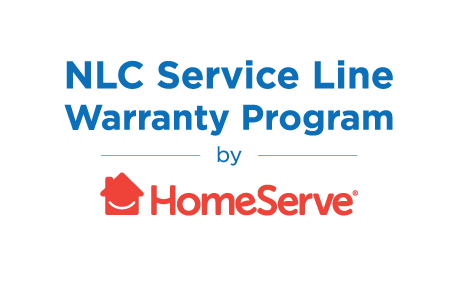The Infrastructure Investment and Jobs Act, or the bipartisan infrastructure bill, will disseminate billions of dollars to states and local governments for infrastructure projects throughout the country, including the replacement of lead service lines.
But how will you ensure that a fair share of those dollars will end up in your community?
Irma Esparza Diggs, National League of Cities (NLC) Director of Federal Advocacy, and Bill Eller, senior vice president of business development at HomeServe North America, administrator of the NLC Service Line Program, discuss how local municipalities can best position themselves to receive funding in this 25-minute video, “Getting the Most of the Bipartisan Infrastructure Bill.”
To best position their communities to receive bipartisan infrastructure funding, local officials need to act now by communicating with their state agencies about expectations for grants and guidelines; keeping an eye on upcoming federal guidelines for funding use; seeking other community partners that will benefit from and contribute to the project; and leveraging any American Rescue Plan Act funding their community may have received to set the table for future projects with planning and design.
“Local governments, city governments, regardless of size and capacity, whether they are a large city, mid-sized city or small city, they all need to be thinking about partnership opportunities,” Esparza Diggs said. “They don’t have to go it alone. Many grant applications for federal funding, be it water, sewer, transportation, broadband, they will be submitted collectively, with regional councils, regional councils of government, regional transit agencies, tribes, multiple jurisdictions coming together. So, a municipal government needs to first consider: who are their partners that share the same goals with the project they are looking to fund?”
Over five years, $15 billion has been set aside for lead service line replacement, and local governments should start identifying and cataloging any lead mains or service lines in their communities. Esparza Diggs noted that American Rescue Plan Act funds can be utilized in just such a way.
“There is an important connection between lead service line replacement and equity in environmental justice, which are both priorities for the Biden administration and for programs and funding throughout the bipartisan infrastructure bill,” Esparza Diggs said. “Each state will have its own priorities, its own considerations when evaluating applications for water infrastructure funding, but there are some common themes from the Environmental Protection Agency (EPA) and the infrastructure bill that should be prioritized. And those are really around supporting small and disadvantaged communities and those areas where environmental justice is needed.”
Local leaders are best positioned to understand the needs of their communities and to relate those needs and the impact of federal funding on the social, public and economic health of their cities. Telling those stories to Washington will be a key part of ensuring that federal funding for “hidden infrastructure,” such as water and sewer systems, continues to flow after historically trending downward.
“The NLC has been advocating for more infrastructure funding for decades; this is a historic moment, and we need to continue to build on it,” Esparza Diggs said. “City leaders can encourage continued federal investment in infrastructure by sharing what their priorities are, sharing their stories. We all must show members of Congress, we must show the people who do the business of governing here in Washington how critical that funding is and what remains undone, even after we’ve put all this money to good use. So, in other words, by you replacing lead pipes in the community, what’s the impact on those residents, what are the health indicators that have changed? What has been the economic development that has happened as a result? Local leaders are really in position to show what that impact of funding is on the ground in the way no one else can, and with that continued funding, we can continue to strengthen our infrastructure across the nation.”
The NLC and its partners will continue to provide guidance on maximizing benefits from the bipartisan infrastructure bill and the NLC has an array of tools and webinars to provide additional assistance. For more on Esparza Diggs’ and Eller’s conversation, please watch the video.
Let HomeServe Help You
Since 2003, HomeServe has been protecting homeowners against the expense and inconvenience of water, sewer, electrical, HVAC, and other home repair emergencies. Click to learn more about how they can help your community.

About the Author:
Bill Eller currently serves as Vice President, Business Development of HomeServe.









